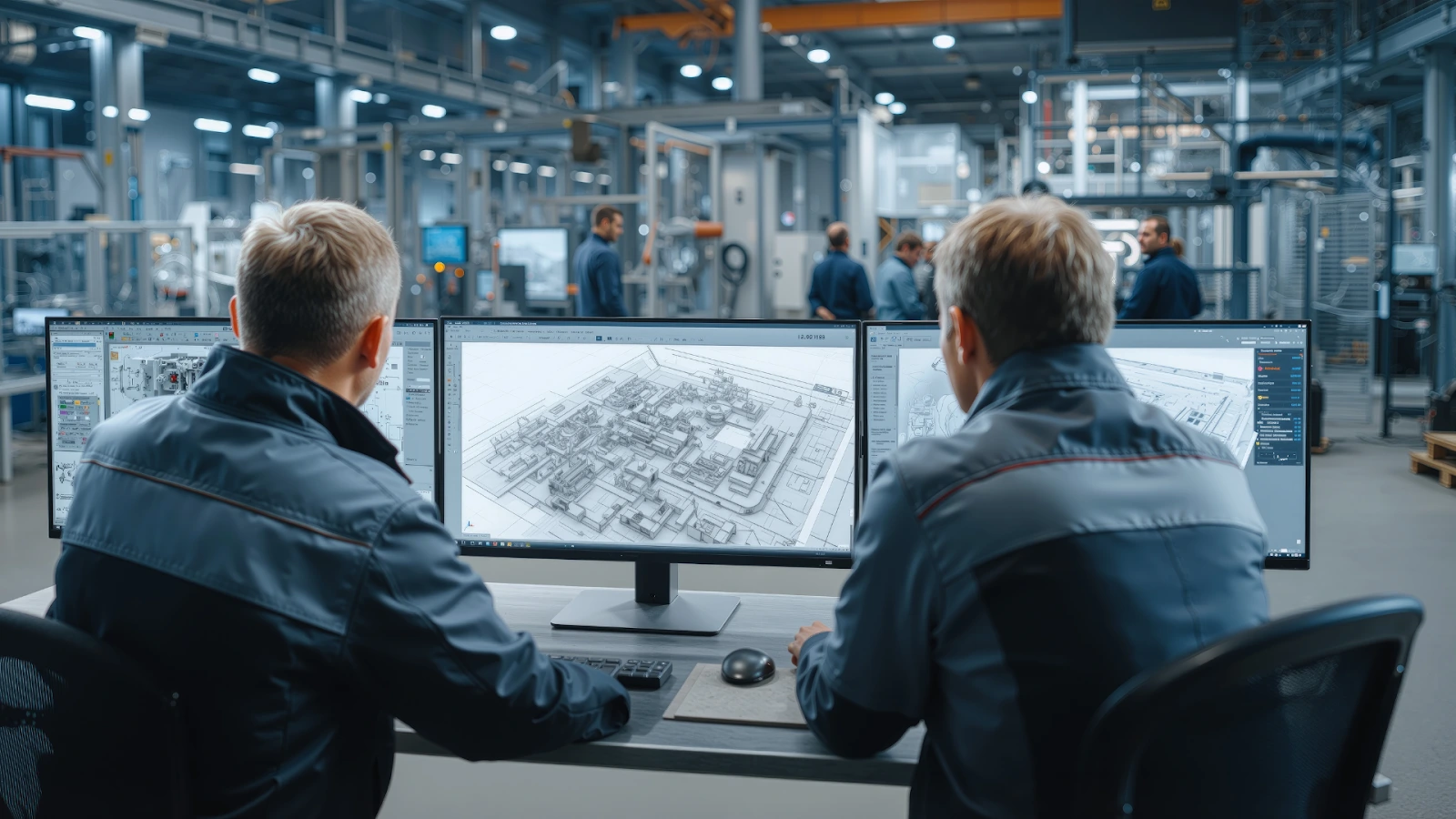When Technology Meets Craftsmanship in Modern Product Development

Here’s something most people get wrong: traditional craftsmanship isn’t fading away. It’s transforming. Right now, manufacturers everywhere are wrestling with a pivotal decision—do they lean into tech while keeping that artisanal touch, or do they get left behind? The companies winning this game aren’t picking sides.
They’re realizing that product development technology doesn’t kill the human element. It makes it stronger. And no, this isn’t about dropping cash on shiny new machines. It’s about fundamentally rethinking how you build things people actually care about.
Here’s Why Your Old Methods Need a Digital Boost
Manufacturing today demands more than the traditional methods that once defined excellence. While craftsmanship remains vital, relying solely on manual techniques can limit scalability, precision, and speed. The smartest manufacturers are realizing that digital tools don’t replace craftsmanship—they amplify it. By integrating technology into legacy processes, companies can streamline production, minimize waste, and maintain the same high level of quality that customers expect from handcrafted products.
A strong example of this transformation can be seen in the rise of thermoforming services. These solutions merge automated forming precision with custom tooling flexibility, allowing manufacturers to achieve intricate designs and flawless consistency while retaining that refined, artisan-level finish. In essence, a digital boost doesn’t diminish craftsmanship—it strengthens it, ensuring products are both timeless in quality and competitive in performance.
The Tech Stack That’s Changing Everything
A handful of core technologies are rewriting the rulebook on how products get built. CNC machining carves out precision cuts that skilled workers can then perfect by hand. 3D printing builds complex shapes layer by layer, making designs reality that would’ve been pure fantasy with traditional methods.
But here’s the thing everyone misses: these tools only reach their potential when guided by experienced makers who truly understand materials, aesthetics, and how things actually work. The technology nails the repetitive precision stuff. Humans bring creative judgment and quality instincts that matter.
Creating Teams That Bridge Both Worlds
You need people who get traditional craft AND cutting-edge technology. That’s not easy to find, which makes training absolutely essential.
Your cross-functional teams need designers comfortable with CAD software who also appreciate hand-finishing nuances. Engineers who respect artisanal standards. Programmers who understand real manufacturing constraints. Building this kind of culture takes time—you’ll need deliberate hiring choices, continuous learning opportunities, and bulletproof communication systems.
How to Actually Make This Transition Happen
Tech-enabled product design isn’t some corporate plot to swap craftspeople for machines. It’s about equipping talented workers with superior tools to realize their vision. The 2022 State of Agile report found that approximately 87% of organizations that implemented Agile practices saw improved team collaboration and communication, contributing to a 20-30% increase in productivity.
Begin with Baby Steps, Then Expand
Pick one product line or single component to start. Experiment with how digital fabrication can amplify your existing processes instead of bulldozing them. Track your results meticulously—and I mean more than just speed and cost. Look at quality consistency and whether customers are happier.
This incremental approach cuts your risk dramatically. You’ll discover which technologies actually deliver value for your specific situation and which ones won’t fit. Plus your team gets breathing room to adjust without feeling buried.
Keeping Quality High While Working Faster
Quality control matters even more when you’re blending craftsmanship with technology. Computer vision can spot defects way faster than human eyes working alone. But your experienced craftspeople should still have veto power over subjective quality calls.
Digital twins—essentially virtual copies of physical products—let you stress-test designs before you commit resources to production. This cuts waste, saves expensive materials, and guarantees the finished product matches what you envisioned from day one.
Real Companies Getting It Right
Watch manufacturing shows this balance perfectly. Swiss makers use precision machining for internal guts while hand-assembling and finishing the exterior. High-end furniture companies run generative design algorithms to create one-of-a-kind forms, then use CNC cutting followed by manual assembly and those final handcrafted touches.
Car manufacturers create luxury leather interiors using lasers for cutting precision, then hand-stitch everything for that premium feel people pay extra for. Medical device companies combine 3D scanning with hand-crafting methods to build custom prosthetics that fit like a glove and look completely natural.
These aren’t science experiments. They’re battle-tested strategies that preserve artisanal authenticity while capturing technological edge.
The Challenges Coming Your Way
Let’s not sugarcoat this: driving innovation in product development through tech-craft fusion is hard work. Cultural pushback leads the pack of obstacles. Your veteran craftspeople might worry that technology means their jobs disappear or their skills lose value.
Tackle this with radical transparency. Show them how technology eliminates the boring, repetitive stuff they probably dislike anyway. Prove that their expertise becomes MORE valuable when paired with digital capabilities, not less.
Investment requirements create another barrier. Equipment costs real money, and proper training eats up time. Think about phased rollouts, leasing gear initially, or partnering with fabrication services that already own the technology you’re after.
Intellectual property gets trickier when your designs live as digital files. Lock down your networks, manage file access carefully, and build airtight protocols for sharing designs with partners or customers.
Questions You’re Probably Asking
How much does tech-craft integration typically cost for small manufacturers?
You can start entry-level implementation under $50,000 with leased equipment and targeted training. Costs grow with complexity and company size, but phased strategies keep upfront investments reasonable while proving ROI before you go bigger.
Will automation reduce the value of handcrafted products?
Not when you do it right. Technology should amplify artisanal quality, never replace it. Customers want both precision and authenticity. Products mixing technological consistency with handcrafted finishing typically command higher prices and build stronger brand loyalty.
How long before we see returns on technology investments?
Most companies clock measurable wins within 6-12 months through less waste, quicker iterations, and better consistency. Complete ROI usually hits within 18-24 months, depending on your industry, how well you implement, and which specific technologies you adopt.


